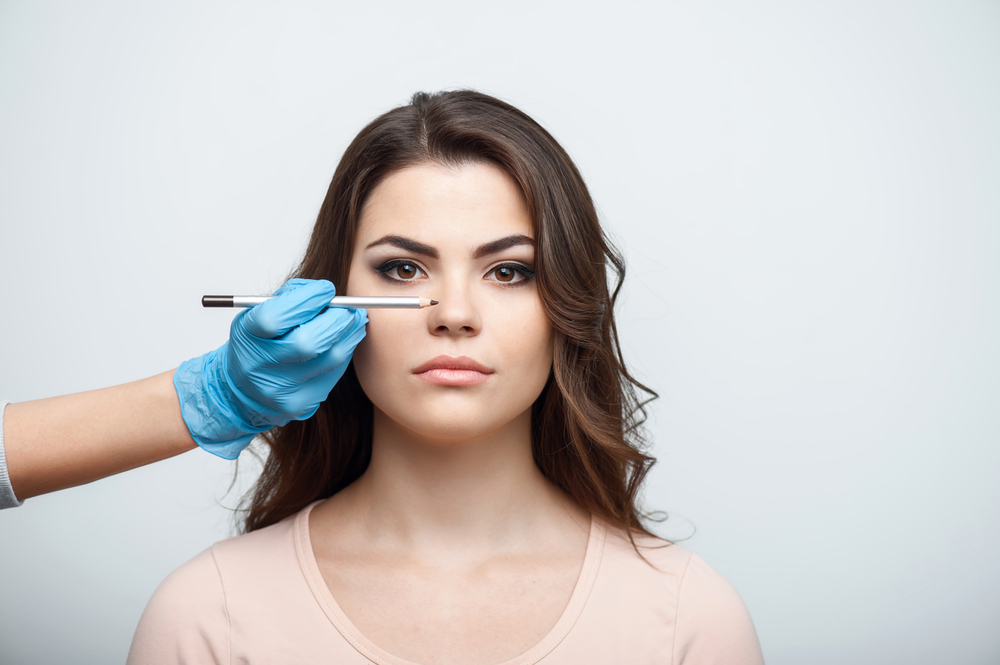
Revision rhinoplasty is a surgical procedure created to correct both the function and form of a nose that has previously been operated on. While the vast majority of those who have had a nose job are satisfied with the results, an estimated 15% of patients seek a second surgery because they’ve developed breathing difficulties or have found that cosmetic issues still exist.
Timing Is Everything
You may be tempted to correct any perceived issues soon after the initial surgery, but its best to wait at least a year before undergoing another procedure. That’s ample time to allow the healing process to complete, swelling to subside, and scar tissue to soften. Then you’ll have a realistic idea of what your nose looks like and what, if any, further corrections need to be made.
Secondary Surgeries Can Be Simple or Complex
The most straightforward rhinoplasty revisions are those that involve eliminating a bit more cartilage to improve symmetry or minimise the size of the nose. Most of the time revision rhinoplasty consists in adding more cartilage to reform the shape of the nose or to try and resolve breathing issues. Excess cartilage can be removed from the ears, a rib or nasal septum.
These procedures are much more complicated than the primary rhinoplasty and can take up to four hours to complete and should be administered by a surgeon like Dr Evans from Shire Cosmetic rhinoplasty Sydney whose principal interests are nasal surgery both cosmetic and functional and endoscopic sinus surgery.
Revision Rhinoplasty Has Risks
There are some risks associated with revision rhinoplasty, including:
- Prolonged swelling around the nose and face
- Temporary loss of sense of smell
- Bursting of small blood vessels
- Excessive scarring
- Bruising
- Loss of skin
- Complications from anaesthesia
Plus, there are no guarantees that the second surgery will completely fix the issues caused by the first operation. You should have an open and honest discussion with your surgeon about these risks and your expectations.
Be Ready for Recovery
Recovering from your second rhinoplasty is similar to recovering from your first surgery. You may experience any of the following:
- Swelling inside the nose that will cause you to feel “stuffed-up.” You may be tempted to blow your nose, but try not to because it could cause a nosebleed and delay healing.
- Headaches or pain around your face. Drink a lot of water and take pain medication as prescribed by your doctor to help alleviate the discomfort.
- Moderate bleeding. Dress your nose with gauze and change as often as needed.
- Feeling dizzy or nauseated. Staying hydrated and getting plenty of rest will help reduce the severity of these symptoms.
- Swelling and bruising around the cheeks, eyelids, and nose. Use ice packs on your cheeks and eyelids to reduce swelling, but avoid putting ice directly on your nose.
Consider the Cost
It may be surprising, but revision rhinoplasty usually costs more than primary rhinoplasty, mainly because it is a more complex surgery. Your health insurance may cover any costs associated with correcting breathing problems, but not those associated with purely cosmetic issues. Some surgeons are willing to work out a payment plan to help make the costs more manageable.
The decision to undergo revision rhinoplasty should not be taken lightly. In fact, some consider it to be the most complicated cosmetic surgery procedure there is. For this reason, it is important that you select a board-certified plastic surgeon like to perform your surgery.
